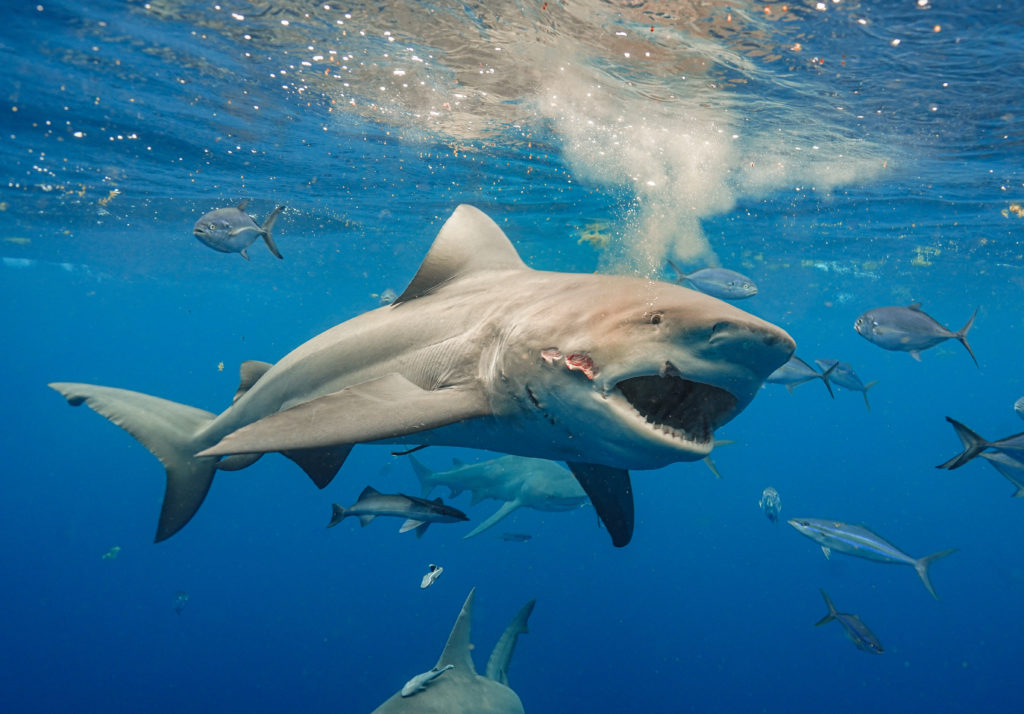Durante muchos años, los traficantes de drogas han usado la costa de Florida para contrabandear enormes paquetes de cocaína desde el sur y Centroamérica.
Estos paquetes de narcóticos a menudo se arrojan al mar para no ser descubiertos y evitar las consecuencias de la ley. Luego, algunos de estos fardos llegan a la orilla con la ayuda de las mareas y las corrientes.
En junio, la Guardia Costera de EE.UU. incautó más de 14.100 libras de cocaína en el mar Caribe y el océano Atlántico, con un valor estimado de 186 millones de dólares. Sin embargo, los expertos creen que los que no se recuperan ni llegan a la costa podrían estarse convirtiendo en alimento para los tiburones.
El biólogo marino Tom Hird investigó este potencial problema junto a la científica Tracy Fanara de la Universidad de Florida como parte del programa “Shark Week” de Discovery. Ambos se centraron en investigar los Cayos de Florida, donde pescadores contaron que vieron a tiburones consumir paquetes de drogas tirados en el mar.
Live Science informan que notaron comportamientos extraños en tiburones, desde una cercanía con las personas hasta un tiburón nadando en círculos sin una razón aparente.
Fuente: Agencias

